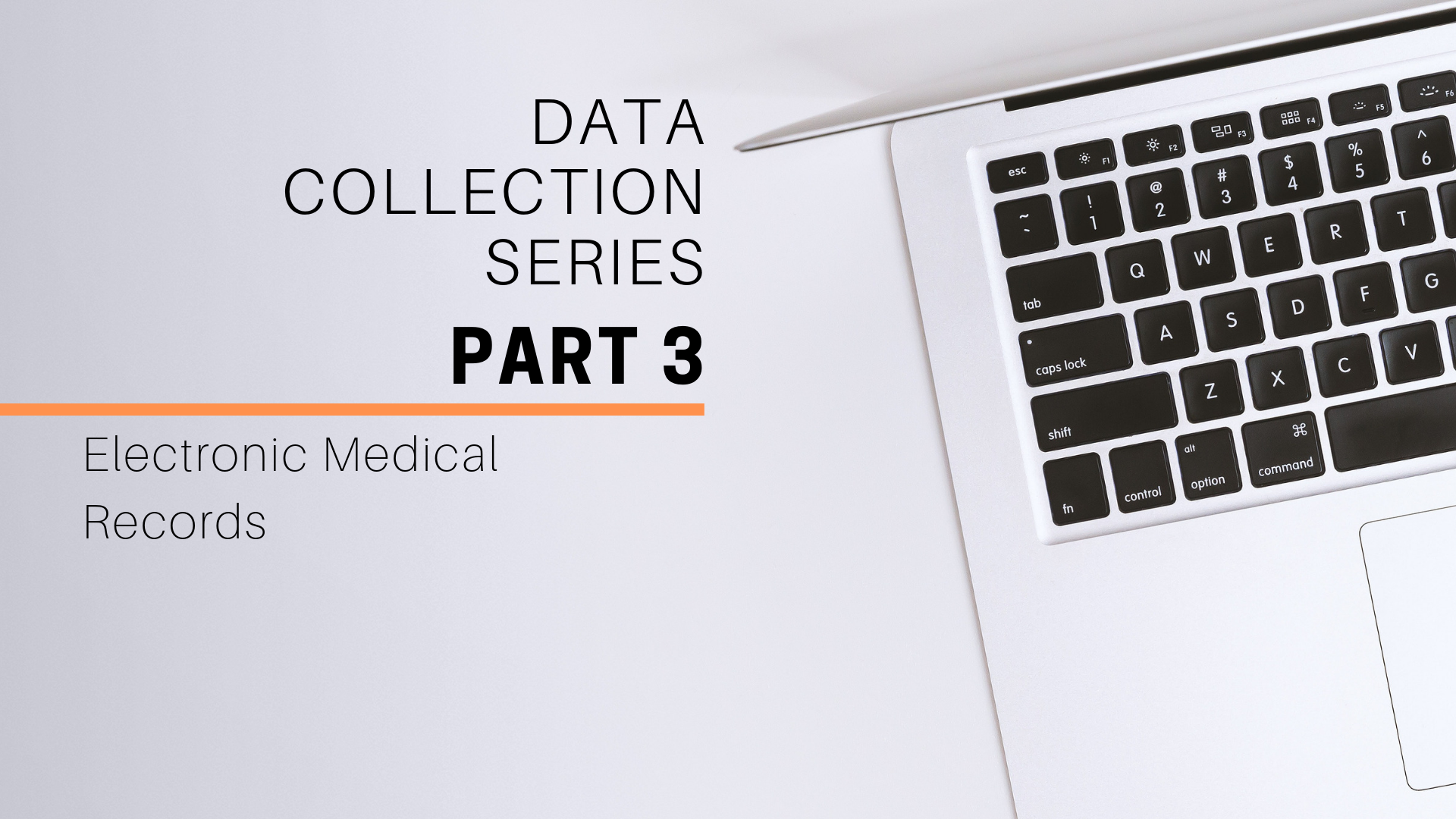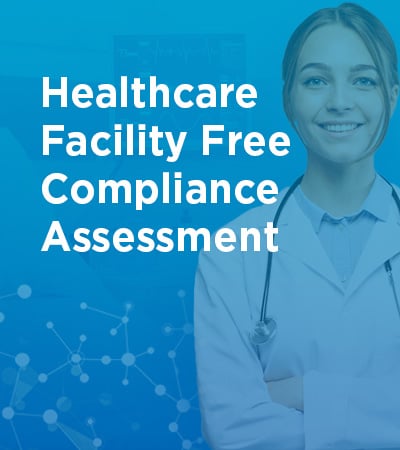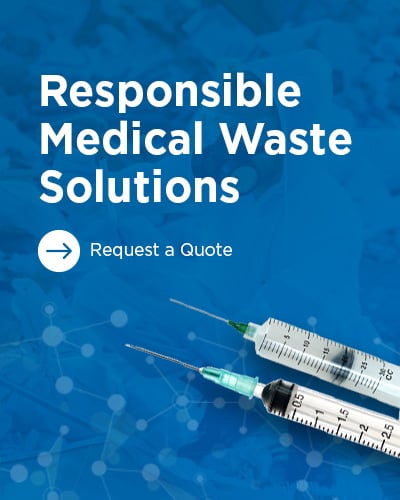
It has become increasingly obvious that collecting and maintaining healthcare data of patients is imperative to ensuring that they receive the best care possible. Healthcare facilities, pharmaceutical providers, pharmacies, and doctors alike have a responsibility to provide the care that patients both demand and deserve. Collecting data through the assistance of patients is the most efficient and reliable way to gain an awareness of those unspoken demands, and to be able to move forward with constructive communication and treatment options.
One of the most efficient methods of accomplishing this goal is through the use of Electronic Medical Records (EMRs). Once patients are provided access to their health records online, they become more informed of their health summaries and treatment options. According to a recent national survey, the Physicians Foundation 2017 Patient Survey, 77% of patients are provided access to their EMRs online by their doctor. However, an even larger majority of the survey takers (82%) decided that they thought all doctors should provide them with this access, believing overwhelmingly that the use of EMRs will improve the quality of healthcare in general.
What is Included in an EMR?
Essentially, EMRs are digital copies of clinical records at doctors’ offices. These records typically include a patient’s medical history as well as past treatments and procedures. An EMR is a compilation of all the information gathered by multiple healthcare providers, reducing the amount of misinformation surrounding a patient’s care. EMRs are universal, meaning that patients have one electronic chart, as opposed to multiple charts scattered around different healthcare facilities.
Benefits to Utilizing EMRs
It has long been acknowledged that providing both patients and healthcare providers access to an online portal to upload and view EMRs would be beneficial to all involved. In 2003, the Institute of Medicine outlined eight key benefits that EMRs would be able to provide:
-
Physician access to patient information, such as diagnoses, allergies, lab results, and medications.
-
Access to new and past test results among providers in multiple care settings.
-
Computerized provider order entry.
-
Computerized decision-support systems to prevent drug interactions and improve compliance with best practices.
-
Secure electronic communication among providers and patients.
-
Patient access to health records, disease management tools, and health information resources.
-
Computerized administration processes, such as scheduling systems.
-
Standards-based electronic data storage and reporting for patient safety and disease surveillance efforts.
Physicians are finding that EMRs are beneficial to their practices. Sandhya Pruthi, M.D., of the Mayo Clinic says, “I can quickly and easily pull up test results in the exam room to review with my patients. I also can verify when they had past exams or procedures. I can even show them results of their imaging tests on the screen.” Recognizing that universal EMRs are the future, the Office of the National Coordinator for Health IT (ONC) has funded multiple initiatives to create standards allowing the multiple competing EMR systems to transfer information between them safely and efficiently. The hope is that by certifying these processes, healthcare facilities will be more willing to adopt an online system of healthcare.
Barriers to EMR Adoption
Upending an existing paper records system and adopting a digital one is a difficult challenge that many healthcare facilities have not been able to justify attempting. Agency for Healthcare Research and Quality (AHRQ), a division of the U.S. Department of Health and Human Services, has outlined a few key barriers to healthcare facilities adopting the use of EMRs:
-
High capital cost and insufficient return on investment for small practices and safety net providers.
-
Underestimation of the organizational capabilities and change management required.
-
Failure to redesign clinical process and workflow to incorporate the technology systems.
-
Concern that systems will become obsolete.
-
Lack of skilled resources for implementation and support.
-
Concern that current market systems are potentially not meeting the needs of rural health centers or federally qualified health centers (FQHC).
-
Concern regarding negative unintended consequences of technology.
Efforts to Increase EMR Adoption
Aware that these adoption challenges exist, the American Recovery and Reinvestment Act (ARRA) of 2009 authorized $34 billion to be distributed as an incentive through Medicare and Medicaid to qualified providers who adopt and use certified EMRs. Additionally, multiple states have pushed for the adoption of EMRs though mandates, initiatives, or funding programs that disburse grants and loans within their state. A federal plan to enhance the nation’s health information technology infrastructure was published in 2015 to support information sharing. These and other methods of motivation have been working, as the Centers for Disease Control and Prevention (CDC) reports that the percent of office-based physicians using any EMR system is now at 86.9%, and the percent of office-based physicians with a basic system is at 53.9%.
The 2015 federal plan put in place to support information sharing is known as the Connecting Health and Care for the Nation: A Shared Nationwide Interoperability Roadmap. It outlined three high-level goals for healthcare interoperability:
-
2015-2017: Send, receive, find and use priority data domains to improve healthcare quality and outcomes.
-
2018-2020: Expand data sources and users in the interoperable health IT ecosystem to improve health and lower costs.
-
2021-2024: Achieve nationwide interoperability to enable a learning health system, with the person at the center of a system that can continuously improve care, public health, and science through real-time data access.
![]()
The Roadmap’s mission is to “Improve the health and well-being of individuals and communities through the use of technology and health information that is accessible when and where it matters most.” It identified four critical pathways that should be focused on immediately in order to build a foundation for long-term success:
-
Improve technical standards and implementation guidance for priority data domains and associated elements. In the near-term, the Roadmap focuses on using commonly available standards, while pushing for greater implementation consistency and innovation associated with new standards and technology approaches, such as the use of APIs.
-
Rapidly shift and align federal, state, and commercial payment policies from fee-for-service to value-based models to stimulate the demand for interoperability.
-
Clarify and align federal and state privacy and security requirements that enable interoperability.
-
Coordinate among stakeholders to promote and align consistent policies and business practices that support interoperability and address those that impede interoperability.
Electronic Medical Records are the future. They provide patients with necessary information to ensure they remain knowledgeable about their medical history and treatment options. They provide healthcare providers with current and reliable information about their patients as well as a database for health management tools. Efforts are being made to improve our nation’s access to interoperable EMR systems, and we are well on the way to a fully-connected medical records reality.





